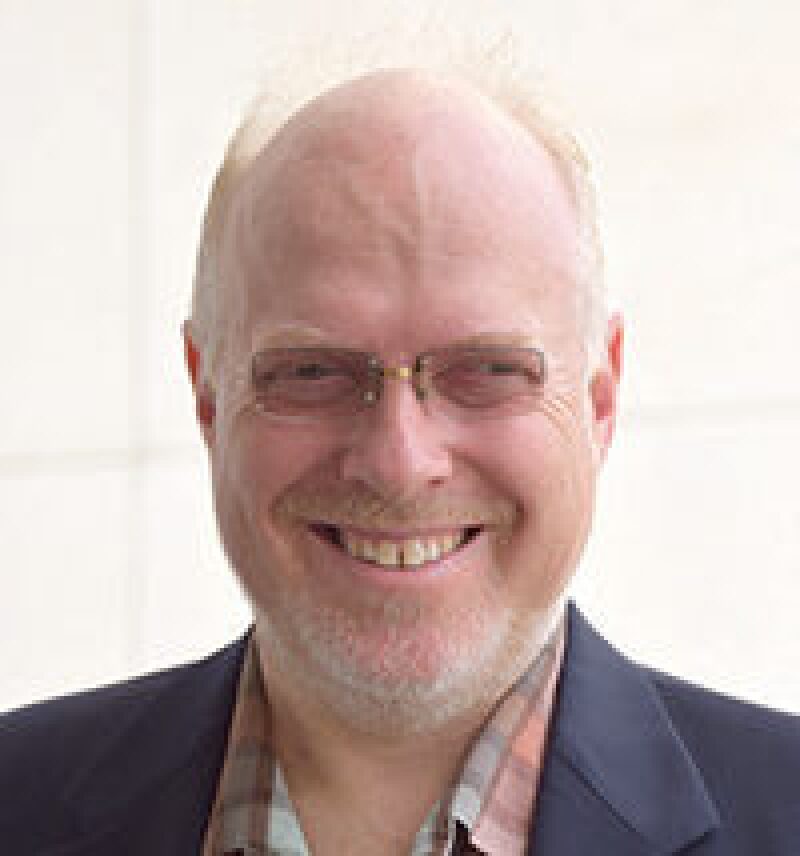Diversity makes us stronger. I attended SPE’s Annual Technical Conference and Exhibition last fall in Calgary and participated in a session entitled “Gender Equality in the Oil and Gas Industry—Achieving United Nations Sustainable Development Goal 5.” It was a new experience for me to be part of a minority in a diverse room. Since then, I have reflected on how diversity makes us stronger. Our SPE president, Shauna Noonan, is inspiring us to “Strengthen the Core.” Many of our organizations are challenging us to be more diverse; such companies have proven to be more engaging and deliver better financial results. Our teams and our technical communities also deliver superior results with diverse membership.
Cementing and zonal isolation continues to be a key topic at our SPE conferences. This year, excellent papers have been presented, augmenting our knowledge and responding to the challenges of complex wells and efficiency requirements. At the same time as we “Strengthen the Core,” we continue to focus on design, delivery, and evaluation of cementing operations.
The selected readings include topics of design, execution, and evaluation. Cementing design is challenged in the continued investigation of materials and additives. Paper SPE 193538 poses a solution where smart vesicles are used to modify the release of chemical additives into cement. Operations are also evolving as offline cementing is becoming common. Paper SPE 196600 discusses how offline cementing can be used to save rig time. Evaluation of cement jobs continues to be an important topic, and paper SPE 199578 validates ultrasonic evaluation techniques in simulated downhole well conditions.
Extra reading includes lost circulation, expanding cements, and plug and abandonment operations.
I am pleased to note that each of these excellent papers includes at least one woman on the author team. In fact, one of the papers is authored by Kristin Kutchak, who has been recognized as an Outstanding Young Professional in SPE. I challenge all of us to strengthen our papers, technical teams, and organizations by continuing to include diverse populations.
This Month's Technical Papers
Study Uses Engineered Vesicles for Cement-Integrity Applications
Improved Drilling Efficiencies Using Offline Cementing Saves Time, Reduces Costs
Ultrasonic Log Response Evaluates Barrier Cells for Cementing Applications
Recommended Additional Reading
SPE 197618 Advanced Loss Circulation Spacer System in UAE Enables Successful Cementation of 9⅝-in. Casing and Requiring Zonal Isolation During Severe Losses by Azza El Hassan, ADNOC, et al.
SPE 198630 Case Studies of Expanding Cement To Improve Wellbore Sealing by Amanmammet Bugrayev, Schlumberger, et al.
OTC 29445 Mechanical Properties of Cementitious and Noncementitious Systems After Aging Tests for Well-Abandonment Cementing Operations by Ingrid Ezechiello da Silva, Petrobras, et al.
OTC 29758 Novel Solution for Cementing Operations in Scenarios of Losses and Improving Cement Bonding Results in the Brazilian Deepwater Presalt by Rodrigo Freitas, Schlumberger, et al.

| Gunnar DeBruijn, SPE, is a principal engineering instructor for Schlumberger. He has 29 years of experience working in the oil industry, mostly in cementing. DeBruijn has worked across North America and in deep water around the world, supporting cementing and well-integrity initiatives. His current focus is on training and competency development for the worldwide cementing sector. DeBruijn also contributes regularly to industry standards. He holds a BS degree in mechanical engineering from the University of Alberta. DeBruijn serves on the JPT Editorial Committee and can be reached at gunnar1@slb.com. |


